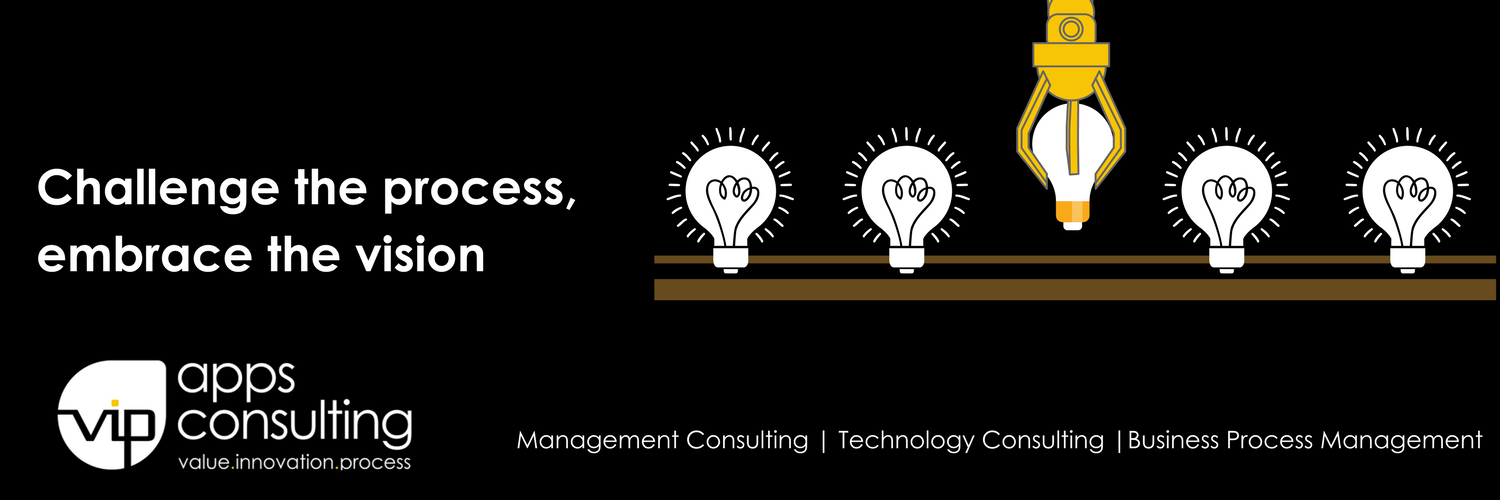The pace of technology change in the financial services industry accelerates and traditional lending organisations are embracing digital transformation initiatives to enable the development of customer-centric solutions and process improvements at speed and scale.
Technological innovation is transforming the financial services industry, facilitating the creation of new products and services that focus on both enhancing the full cycle of the client lending experience and operational efficiency, by strengthening controls and achieving costs reductions. Traditional lending players had mistakenly narrowed the focus of their digital transformation journey on automating previous paper-based processes with solutions like posting a pdf of a loan application as opposed to significantly improving the client experience. While technological innovations, fintechs and alternative lenders, are redefining the nature and expectations of the customer interactions, forcing financial institutions to transform the whole banking experience. The core elements of the alternative lending platforms value proposition sit on providing the customer with a fast, seamless and paperless experience. The changes in the way we use banks and where we bank need to be mirrored in the back office, re-engineering the business process to enable digital transactions, meet regulatory demands and process data.
Technology innovation and the next generation of lending experience
Technology innovation is reshaping the dynamics of the broader financial services ecosystem. ![]() Challenger lenders reduce the cost to serve clients by maintaining a purely online and mobile presence via apps, with specific and narrowed banking and lending services. These digital lenders set operational strategies based on simplifying and automating the steps needed to complete an application, improving approval times and maximising the speed funds are deployed by completely redesigning the business processes.
Challenger lenders reduce the cost to serve clients by maintaining a purely online and mobile presence via apps, with specific and narrowed banking and lending services. These digital lenders set operational strategies based on simplifying and automating the steps needed to complete an application, improving approval times and maximising the speed funds are deployed by completely redesigning the business processes.
The fintech environment is highly complex, with potential business partners that create opportunities for cost savings and opening up new revenue sources. The Q4’17 edition of KPMG’s The Pulse of Fintech report confirms that fintech’s are focused on the B2B market, including SME lending platforms aimed at making back-office processes more efficient and effective, this remains a priority for fintech investors. In 2018, online mortgage technology and platforms are expected to pick up steam, reflecting the rising interest in the US of next-gen digital lending. Mortgages are cumbersome and labour-intensive processes, an area ready for digital disruption where lenders need to begin to reimagine their business processes.
With regulatory requirements only expected to rise, traditional lenders conduct business in an environment of continuous change, operating with legacy systems and manual processes. In such a scenario, traditional lenders need to design a sustainable technology and digital strategy that is both focused on meeting the demands of customer-centric products and experience, and one that is scalable to meet changing regulatory standards. According to a study from PwC, the next generation of digital lending will look to engage consumers in new ways :
- Digitally-augmented human support
- Voice interaction
- AI-powered virtual assistants and chatbots
- Wearables
- Augmented and virtual reality.
This next generation of technology innovation calls for organisations to avoid a strategy of digitising legacy lending processes. With the internal and external customer at the centre of the transformational plan, the boundaries separating the back office and front office are blurring. The mapping, optimisation and re-engineering of business processes, needs to integrate the silos between departments to incorporate technological innovation and enable customer experiences where borrowers expect to access an application platform which allows them to track the progress of their loan applications. Building an understanding of the customer by data that is inherent in the back office has become a valuable resource to help this process. By mining that data, lending institutions can develop new and exciting interactions for customers, and at the same time can significantly improve collections success by applying innovative treatments based on behavioural segmentation. Like banks, traditional lenders must maintain the current high standards of confidence and resilience that we have come to expect. If services or customer expectation fails, regardless of whether the cause is system or process generated, the customer is likely to switch. Successful digital lenders will focus on collectively embracing these opportunities, optimising business processes to deliver the best and most innovative customer experiences, one that anticipates customers’ needs and wants, as they increase operational efficiency.

VIP Apps Consulting combines deep experience in the finance and leasing sector with comprehensive knowledge of technology, helping our clients in the leasing and financial services industry identify those areas of improvement in their digital transformation journey.
Keep up to date with the latest technology trends and other industry news by following us on LinkedIn







